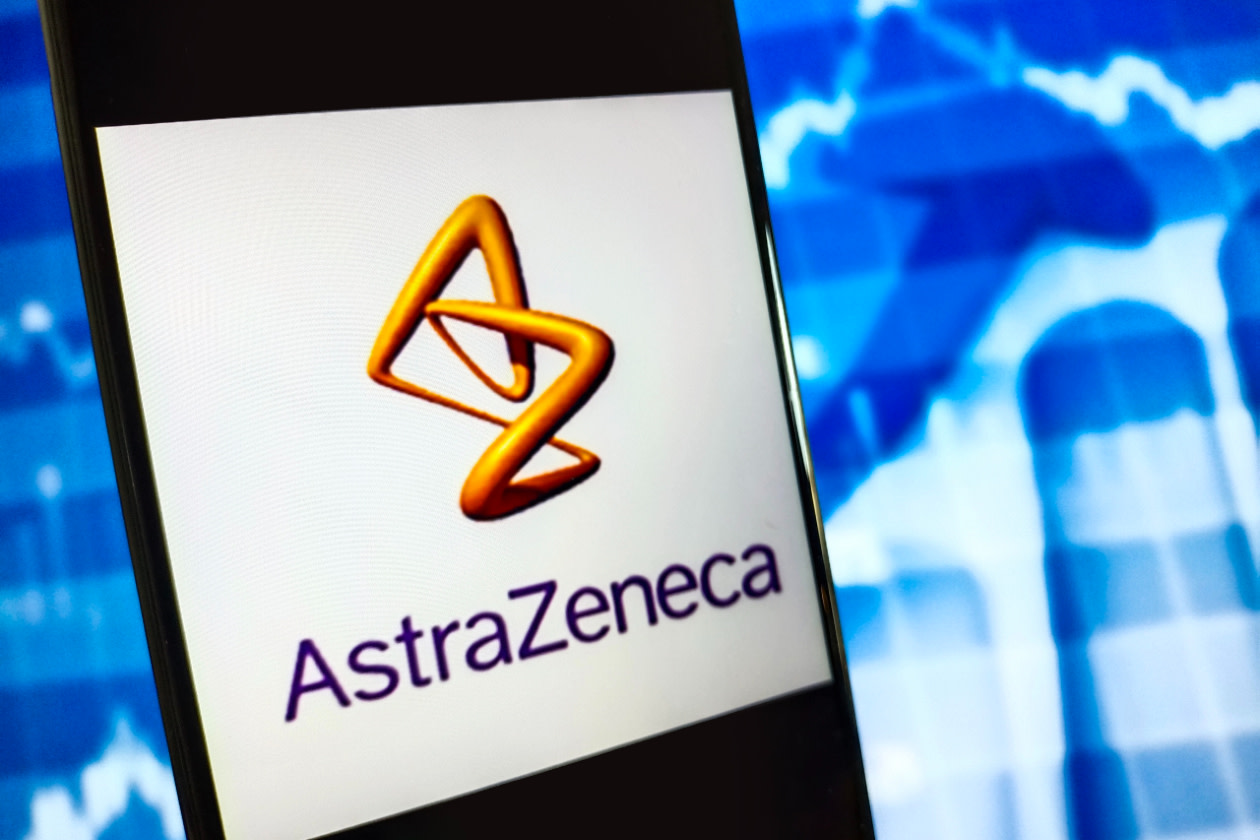AstraZeneca’s third-quarter revenue came in ahead of expectations, rising by 21% to $13.6bn, ignoring currency movements. The uplift was driven by broad-based growth across the majority of product segments.
Underlying operating profit rose by 27% to $4.3bn, with all expense lines other than research & development rising slower than revenue.
Free cash flow over the first nine months rose from $7.1bn to $8.0bn. Net debt increased $3.8bn to $26.3bn driven largely by spending on acquisitions.
Full-year growth guidance for both revenue and underlying earnings per share has been raised from the mid to the high teens.
The shares were broadly flat in early trading.
Our view
Following a strong third quarter, AstraZeneca has raised previously upgraded guidance. However, that’s not been enough to revive sentiment amidst concerns surrounding investigations in China, where the company’s regional head has been reportedly arrested.
Reaching its $80bn revenue target, and a mid-thirties operating margin by 2030 won’t be without challenges, but we’re impressed by progress so far. There’s a strong outlook for existing medicines as well as the pipeline of potential new products, an area where Astra's hit rate in the clinic has been impressive.
Cancer treatments (about a third of sales) are a cornerstone of Astra's offering. Often these drugs can maintain high growth levels for many years, as patient access improves, approvals are gained in new markets, and clinical trials prove their efficacy in additional diseases. And the diverse late-stage pipeline means there are lots of potential shots on goal.
They vary in size but its focus on next-generation therapies could revolutionise cancer treatment, with the potential to replace chemotherapy and radiotherapy in certain cases. But given the risks inherent in drug discovery, investors need to be prepared for disappointments.
Astra is also seeing strong growth elsewhere. Ultomirisis, which came along with the acquisition of rare disease specialist Alexion, saw sales grow 35% in the third quarter and there could be more to come following a further regulatory approval. Farxiga which treats cardiovascular disease, kidney problems, and type 2 diabetes is also growing very strongly, ahead of other products in the same class. We see the broad focus on different disease areas as a positive.
Net debt is sitting at about 1.4x forecasted cash profits which doesn't look too demanding. However, it's something to keep an eye on. The group's likely to put more money into research and development. Continuing success in drug approvals will be needed in order to offset the potential loss of revenue from patent expirations over the coming years.
For now, however, Astra is generating strong cash flows from its existing portfolio of marketed medicines. This supports a dividend yield which following the recent sell-off has crept up to 2.5% on a prospective basis. Of course there can be no guarantees this will materialise.
Investor nerves have been put on edge, following the launch of investigations by the Chinese authorities into the business practices of current and former employees. AstraZeneca has not been notified that the company itself is under investigation.
We believe the market reaction has been somewhat overdone and could represent an opportunity to gain exposure to one of our preferred names in the sector. However, until more clarity emerges from China further volatility can be expected.
Environmental, social and governance (ESG) risk
The pharmaceuticals sector is relatively high-risk in terms of ESG. Product governance, particularly with safety and marketing, and affordable access to treatment are the key risk drivers. Labour relations, business ethics and bribery and corruption are also contributors to ESG risk.
According to Sustainalytics, AstraZeneca's overall management of material ESG issues is strong. However, ongoing investigations into employee activities in China should be closely followed. The executive compensation plan includes a target to eliminate greenhouse gas emissions by 2025, and the sustainability strategy is overseen by upper management. AstraZeneca has implemented a robust programme to monitor patient safety trends and ensure the quality and efficacy of its products.
Access to healthcare is a key strategic priority. The company has a strong human capital development programme with initiatives to recruit and retain highly specialised employees, highly pertinent following the acquisition of Alexion which adds 2,500 headcount.
AstraZeneca key facts
All ratios are sourced from Refinitiv, based on previous day’s closing values. Please remember yields are variable and not a reliable indicator of future income. Keep in mind key figures shouldn’t be looked at on their own – it’s important to understand the big picture.
This article is not advice or a recommendation to buy, sell or hold any investment.No view is given on the present or future value or price of any investment, and investors should form their own view on any proposed investment.This article has not been prepared in accordance with legal requirements designed to promote the independence of investment research and is considered a marketing communication.Non - independent research is not subject to FCA rules prohibiting dealing ahead of research, however HL has put controls in place(including dealing restrictions, physical and information barriers) to manage potential conflicts of interest presented by such dealing.Please see our full non - independent research disclosure for more information.


